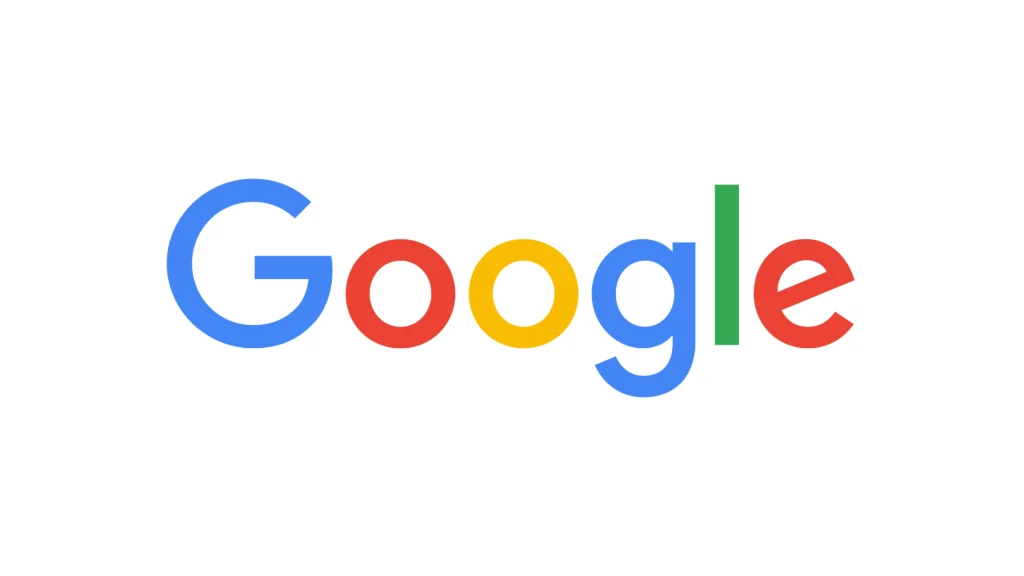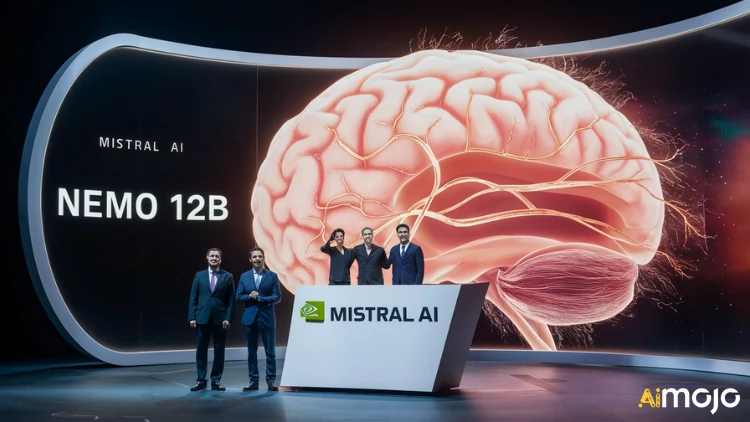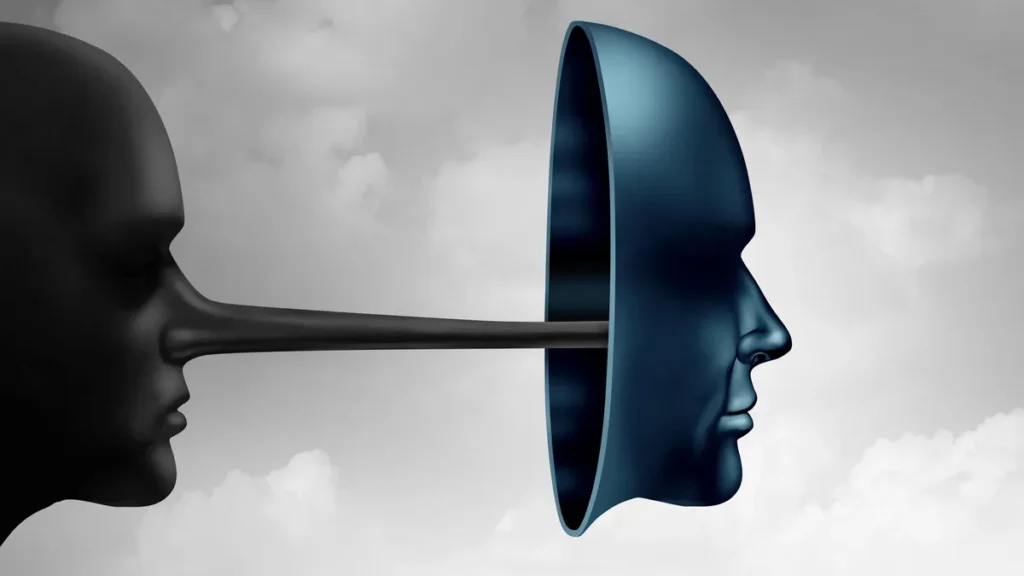Google has taken a major step toward making AI-powered healthcare more lifelike and useful. Its diagnostic AI system, AMIE (Articulate Medical Intelligence Explorer), can now interpret visual medical data—like rashes and ECGs—thanks to a major upgrade that gives it the power to understand images alongside text.
This multimodal leap forward turns AMIE into more than just a chat-based symptom checker. Think of an AI that doesn’t just ask about your sore throat but also looks at a photo of it—and then offers a diagnosis as accurate (or more accurate) than a human doctor.
The upgrade relies on Google’s Gemini 2.0 Flash model, enhanced with a “state-aware reasoning” framework. That means AMIE adapts its questions and conclusions dynamically, just like a real doctor would during a live consult. It can now ask for a photo or a lab result when it needs more evidence and seamlessly factor that information into its ongoing conversation.
To test this, Google created a virtual clinic with simulated patients, realistic medical images, and scripted case studies. They even staged a medical-style exam (the OSCE) where AMIE went head-to-head with real primary care doctors. The AI analyzed cases and chatted with patient actors who uploaded images, then got graded by expert clinicians.
The results? AMIE outperformed the doctors in interpreting visual data, offering accurate diagnoses, and even scored higher on empathy and trustworthiness in many cases. It also matched the humans in safety—avoiding hallucinated diagnoses at a comparable rate.
Early testing with Gemini 2.5 Flash suggests even better performance, particularly in diagnosis quality and treatment suggestions. But Google’s team is cautious: this is still a research prototype tested in controlled environments. Real-world care is messier, and AMIE’s performance in live settings remains to be proven.
That next step is already underway, with a research partnership at Beth Israel Deaconess Medical Center. Eventually, AMIE may evolve beyond static images to understand real-time audio and video—ushering in a new era of AI-assisted telemedicine.
For now, AMIE shows us what’s possible when large language models go beyond text and learn to “see” like a doctor.
Source: https://www.artificialintelligence-news.com/news/google-amie-ai-doctor-learns-to-see-medical-images/









